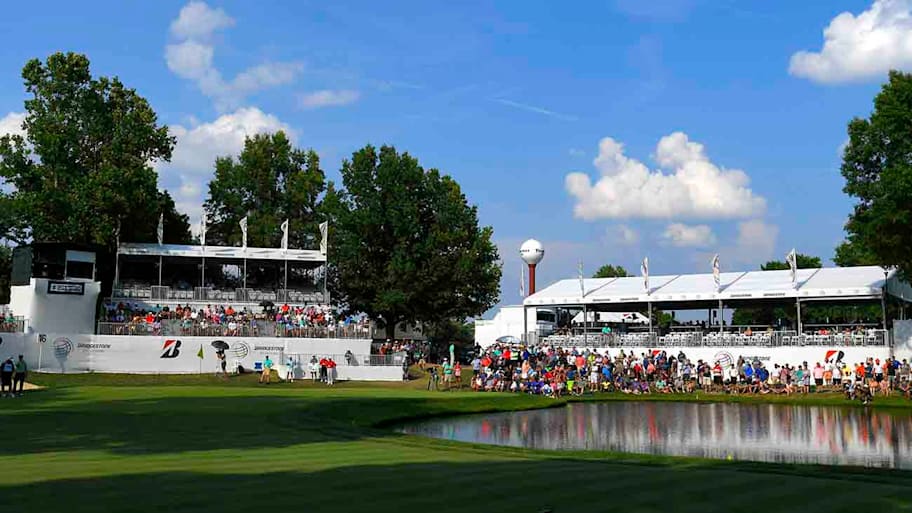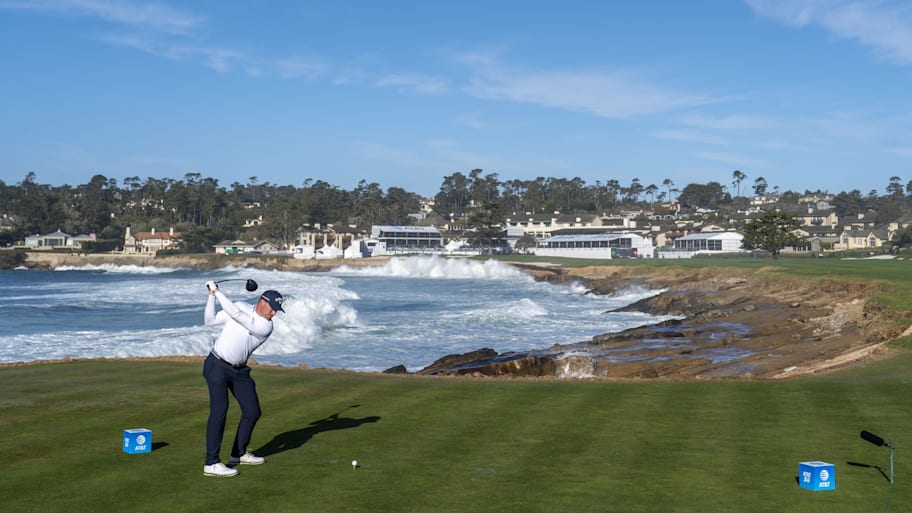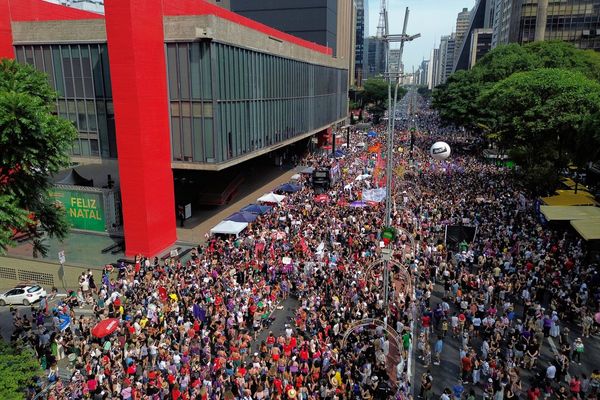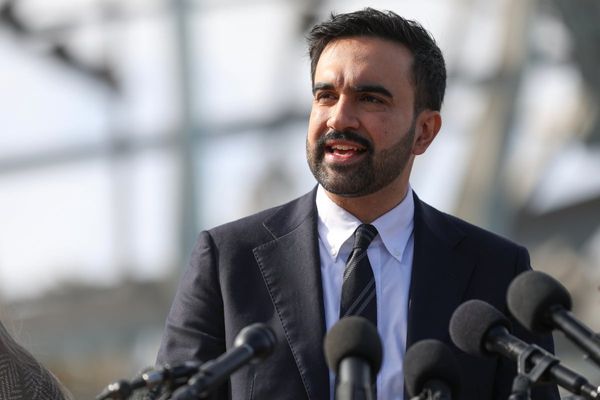
Is the PGA Tour as we know it about to become extinct?
At the season-ending Tour Championship, new PGA Tour CEO Brian Rolapp revealed that a new Future Competition Committee is being formed with six players (Tiger Woods, Patrick Cantlay, Adam Scott, Camilo Villegas, Maverick McNealy and Keith Mitchell) and three businessmen: Joe Gorder, John Henry and Theo Epstein.
Rolapp’s goal is to “design the best professional golf competitive model in the world” with a “holistic relook” of the regular season, postseason and offseason. The objective is not incremental change, he says, but to make some significant moves..
Blowing up the current Tour structure entirely, though, would be a mistake.
Sure, tweaks could and should be made, but the Tour is thriving. Weathering the LIV storm after the rival circuit’s inception in 2022, the PGA Tour this season saw its highest television ratings in years. Sponsors are willing to pony up cash to be associated with the Tour, including the $20 million signature events. And each week, on-site attendance is generally strong.
So what should be altered? Rolapp has three themes in mind: Competitive parity, scarcity and simplicity. These all go hand-in-hand. But a good starting point is the schedule, which will be examined closely.
The Tour plays from the beginning of January through the end of August, with no weeks off. Rolapp, in his words, wants to create events that matter, and in an attempt to get the top players competing against each other regularly, one more signature event was added to the schedule in 2026 at Trump Doral. There are now nine signature events scheduled for 2026.
Maybe cutting some lower-tier events and having built-in off weeks will make top tournaments more meaningful, though things could get dicey with long-time sponsors that keep the lesser tournaments alive and raise hundreds of thousands for charity. That could eliminate the bunched schedule that will have some players teeing it up five out of six weeks next season. It could also prevent someone like Rory McIlroy from skipping a signature event to take a rest.
“The luxury of being a PGA Tour player is we are free to pick and choose our schedule for the most part,” McIlroy said at the Tour Championship, “and I took advantage of that this year and I’ll continue to take advantage of that for as long as I can.”
Shortening the schedule would limit opportunities for the Tour’s rank-and-file players, but increasing the field size for signature events, which currently hovers around 72 players, could alleviate that issue.
Here's Where the PGA Tour Could Make a Big Change
But one of the biggest components Rolapp should look into is upgrading the courses on Tour.

“I think really good venues are a big part of the storyline,” Rory McIlroy said earlier this year at Pebble Beach.
In his Tour Championship press conference, Rolapp, recalling his mindset when he was the Chief Media and Business Officer of the NFL, said, “I didn’t cheer for teams, I cheered for television ratings.”
Usually, non-majors at top-tier courses, such as TPC Sawgrass, Pebble Beach, Riviera Country Club, Bay Hill and Muirfield Village, yield the highest television ratings; though that can be attributed to other factors, like the strength of field in signature events.
So instead of regularly playing uninspiring, run-of-the-mill courses, contesting events at historic, prestigious venues would likely increase viewership. Regardless of how you might feel politically, Doral, which was an annual stop from 1962–2016, should do that.
A private club might not want to surrender multiple weeks of member play, but some venues that the Tour could consider revisiting include the Greenbrier, Firestone, Ridgewood Country Club and Olympia Fields, to name a few.
Maintaining continuity is still important, though. Aside from the premier Tour venues, birdie-fest layouts that boast a top-notch fan experience and a dramatic finish, like TPC River Highlands and TPC Deere Run, should continue their runs as long-time Tour staples.
One marquee tournament relocation might already be in the works, as the Tour is reportedly considering taking the Tour Championship on the road. East Lake Golf Club in Atlanta, its venue since 2004, is “a slog,” as a Tour insider told Golfweek. Jumping around to major championship-esque courses will give the finale a bigger feel. Once upon a time, the Tour Championship was played at Pebble Beach, the Olympic Club, Pinehurst and Harbour Town.
The FedEx Cup playoffs appear to be Rolapp’s biggest concern, and there’s no doubt the format needs an overhaul—again. What might that entail? There’s nuance in the discussion for the format, but different venues for each of the postseason’s three legs should be a priority.
The playoff opening FedEx St. Jude Championship is played at TPC Southwind in Memphis. Understandably, FedEx wants its tournament in its home city, but few people, if any, are tuning into its coverage to see that course. When the first postseason event was in big markets like New York or Boston, it had more juice. The season’s penultimate tournament, the BMW Championship, moves around. Some years, it’s been a hit, like last year at Castle Pines near Denver and in 2023 at Olympia Fields in Chicago. However, this year’s course, Caves Valley in Baltimore, had issues.
Coming from the NFL, Rolapp should know that playoff games at Arrowhead Stadium (Kansas City), Lambeau Field (Green Bay) and Soldier Field (Chicago) have a bigger feel than contests in Carolina, Tennessee and Jacksonville.
There are many items on Rolapp’s checklist, and a lot he plans to cross off. But enhancing the Tour’s venues is a low-risk, high-reward adjustment that should be first on his agenda.
More Golf Coverage on Sports Illustrated
This article was originally published on www.si.com as This Is Where the New PGA Tour CEO Should Start Making Changes.







